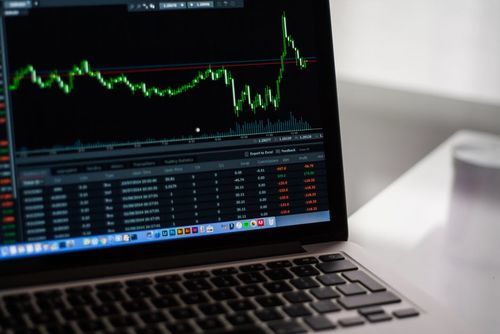Slippage is a concept that indicates the difference between the expected price of a trade and the actual price of the trade. Such a condition usually occurs when the market or instrument is experiencing a period of high volatility, or when large trade orders are executed but sufficient demand does not exist. In layman’s terms, slippage is the difference in price between the time when the trader enters the trade, and when the trade is actually executed.
While one may presume that slippage is an unfavorable condition, this may not always be the case. Slippage can also yield a higher price when a trade is executed than the original price that the trader entered the trade at. As a result, we can coin three terms to describe these trends – positive slippage, negative slippage, and no slippage.
Mechanisms such as limit orders can prevent negative slippage, but there also considerations in terms of risk. If a limit order is in place, there is a risk of the trade not being fully executed if the price does not revert back to a favorable state.
If there is a time limit in which a certain order must be completed by, the amount of risk is multiplied.
The challenge with slippage is that it can happen due to external events and/or breaking news. It is virtually impossible to avoid slippage with certainty, but a smart investor can anticipate and plan around it.




